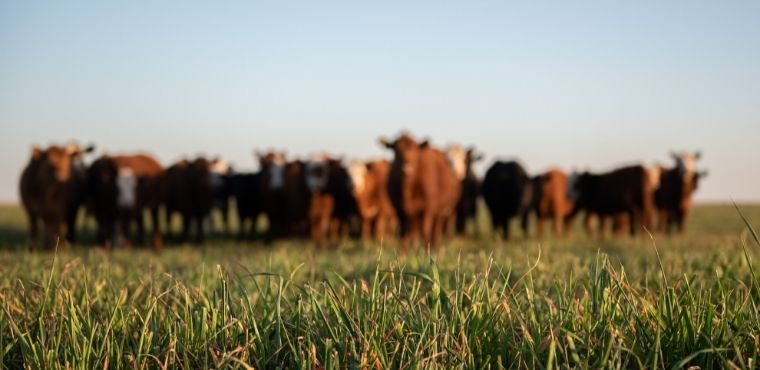The United States’ cattle inventory has shrunk to its lowest numbers since 2015 thanks to the drought sprawling across the western half of the country.
James Mitchell, extension livestock economist with the University of Arkansas System Division of Agriculture, saidtotal cattle inventories stood at 98.8 million, “falling below 100 million for the first time since 2015.”
Mitchell said the numbers, which came out the U.S.Department of Agriculture’s June 22 Cattle Inventory Report,were somewhat better than expectations.
“While inventories posted a year-over-year decline, National Agricultural Statistics Service estimates were higher than pre-report expectations, with analysts expecting larger decreases in cattle numbers,” he said, adding that the NASS estimates were not a significant departure from pre-report expectations.
“Drought has been the main factor contributing to the decline in the number of beef cows and replacement heifers,” Mitchell said. “Total beef cow slaughter through June is 14.6 percent higher year over year.”
Mitchell said beef and dairy cow inventories were 2.4 percent and 0.5 percent lower compared to July 2022, respectively.
“The report confirms another year of beef cow herd liquidation with little evidence of anyone looking to expand,” he said.
“Regionally, drought pressure this month has been a big concern in the Southeast,” Mitchell said. “The effects of drought are shown in the auction data. For example, auction receipts for Arkansas show a 20 percent increase in slaughter cattle sales.”
For the first 30 weeks in 2021, 20,942 head of slaughter cattle went to auction. This year that number rose to 25,033.
The full report is available on the USDA-NASS website.
To learn more about Division of Agriculture research, visit the Arkansas Agricultural Experiment Station website: https://aaes.uada.edu. Follow on Twitter at @ArkAgResearch. To learn more about the Division of Agriculture, visit https://uada.edu/. Follow us on Twitter at @AgInArk. To learn about extension programs in Arkansas, contact your local Cooperative Extension Service agent or visit www.uaex.uada.edu.






